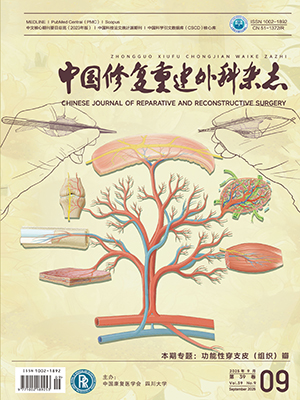OBJECTIVE Using electrophysiological method to evaluate the severity of incomplete obstetric paralysis brachial plexus injuries, and establish an electrophysiological criteria for selection of operative procedure in the treatment of cases of late stage. METHODS Neurolysis was performed in 16 patients, and during the operation, the neuroma at the upper trunk was discovered. The electrophysiological study was carried out before and during operation to evaluate the conducting function of neuroma. In the follow-up the operative result was analysed by Mallet test. RESULTS The preoperative study showed that the compound muscular active potential (CMAP) amplitude of supraspinatus deltoid and biceps were decreased more than 60% in comparison with that of the healthy side. After external neurolysis of the neuroma, by stimulation of the proximal and distal ends of the neuroma the average decrease of CMAP amplitude of the above three muscles was 37.45% +/- 20.97%, 47.85% +/- 26.23%, 47.05% +/- 21.23%, respectively and no significant improvement was observed in the shoulder and elbow function in all of the 16 cases. CONCLUSION When the preoperative electrophysiological study found that the CMAP amplitude decreased more than 60% in comparison with that of the healthy side, transposition of nerve or nerve grafting was indicated.
Citation: XU Jie,CHENG Xiao min,DONG Zhen,et al.. ELECTROPHYSIOLOGICAL CRITERIA FOR SELECTION OF OPERATIVE PROCEDURE IN THE TREATMENT OF LATE INCOMPLETE OBSTETRICAL PALSY. Chinese Journal of Reparative and Reconstructive Surgery, 1999, 13(2): 75-78. doi: Copy
Copyright © the editorial department of Chinese Journal of Reparative and Reconstructive Surgery of West China Medical Publisher. All rights reserved




